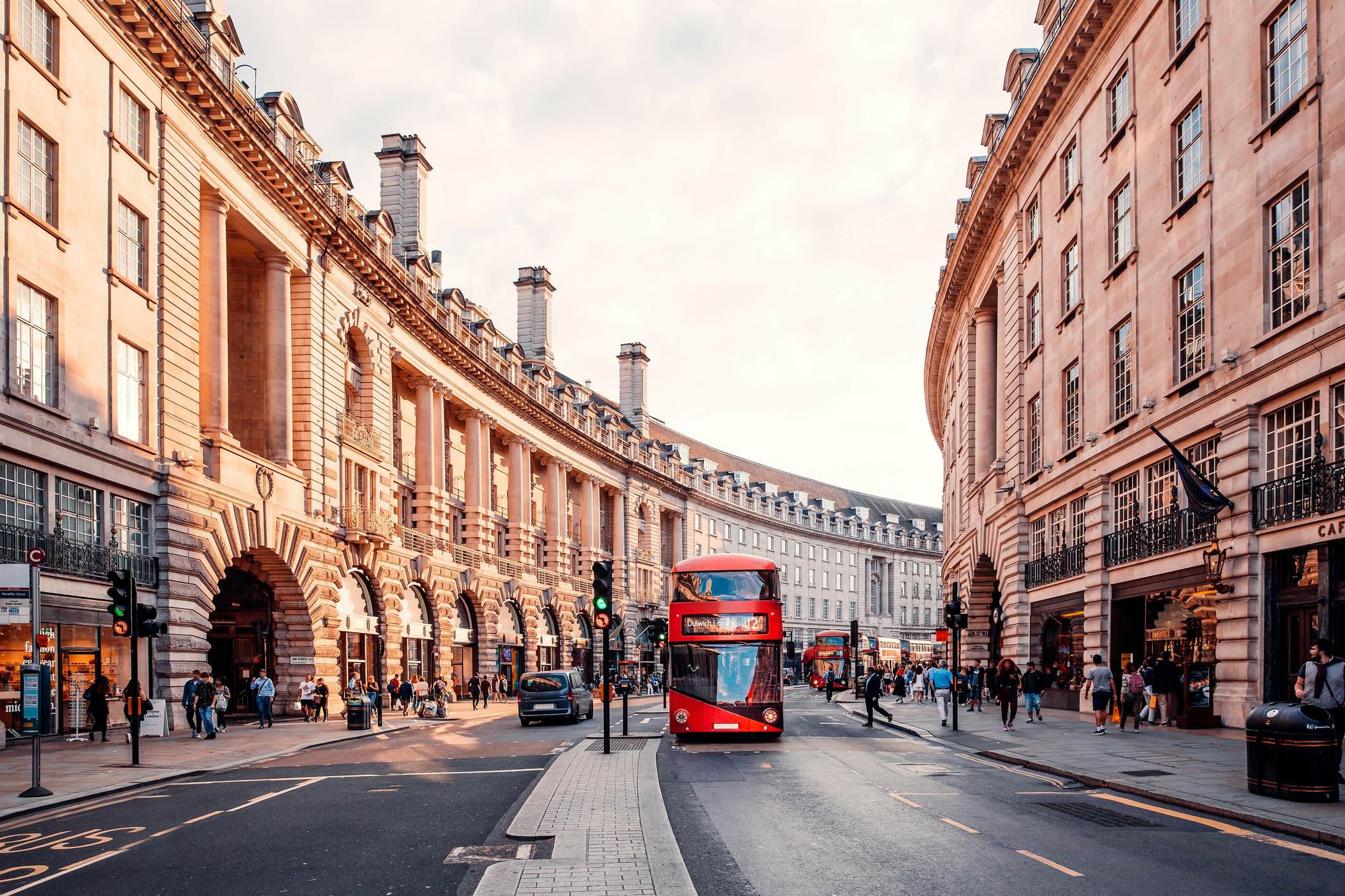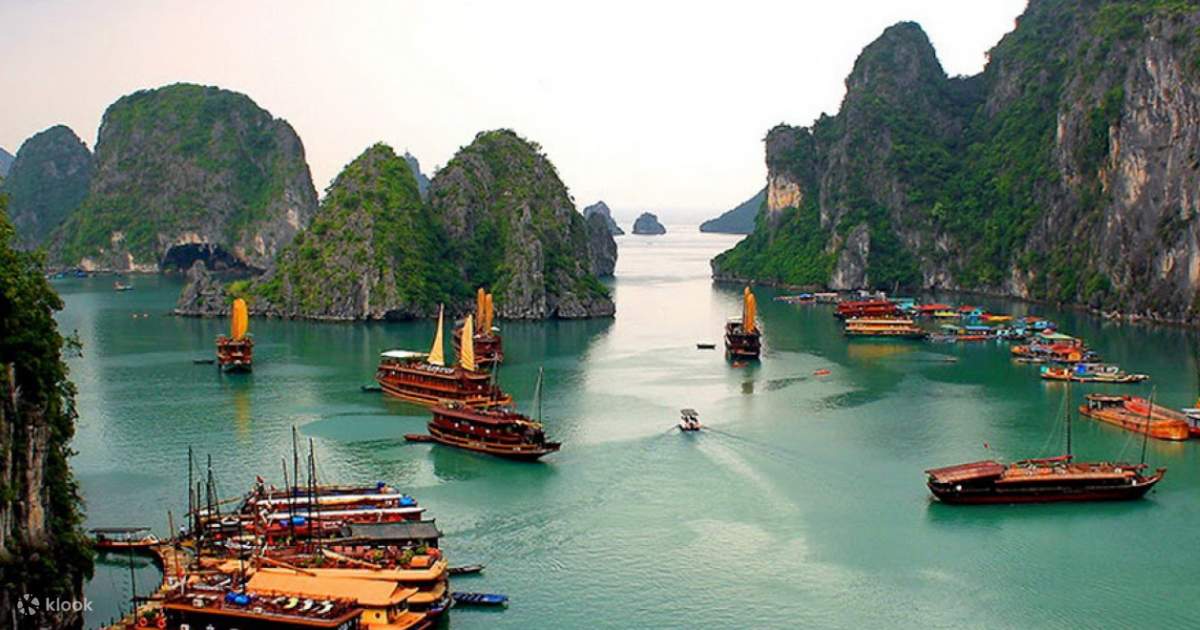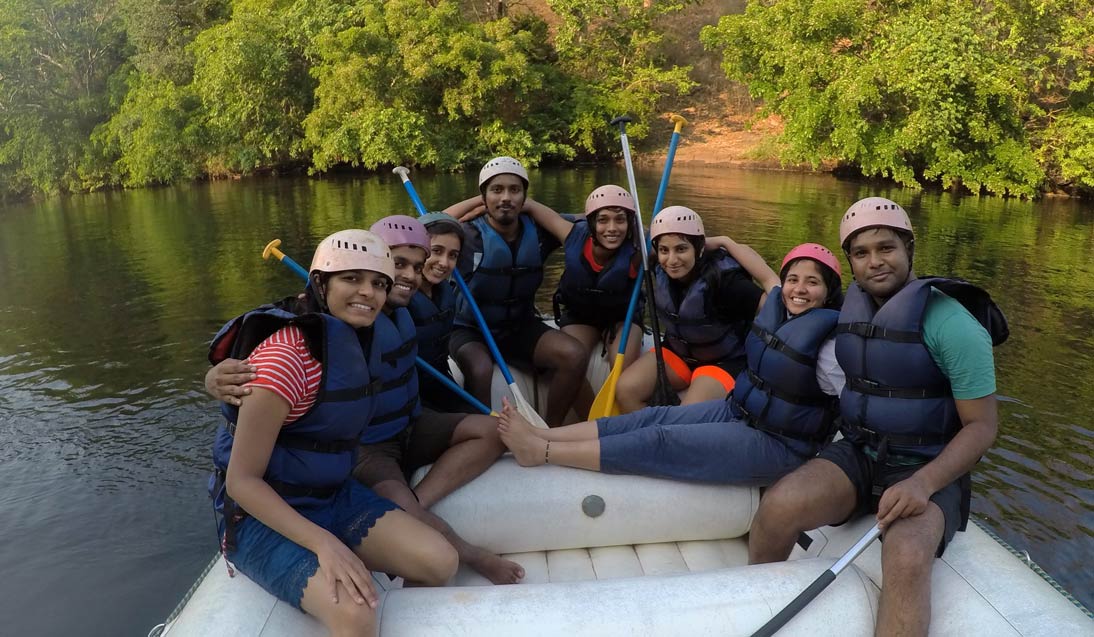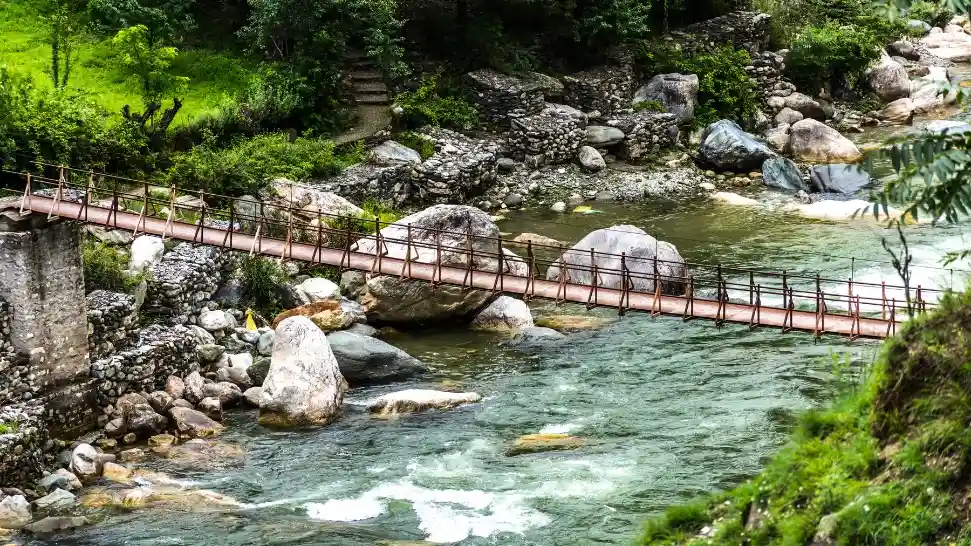Artisans, Engineers and Architects Unite to Bring Fairmont Udaipur Palace to Life
- byAman Prajapat
- 29 October, 2025
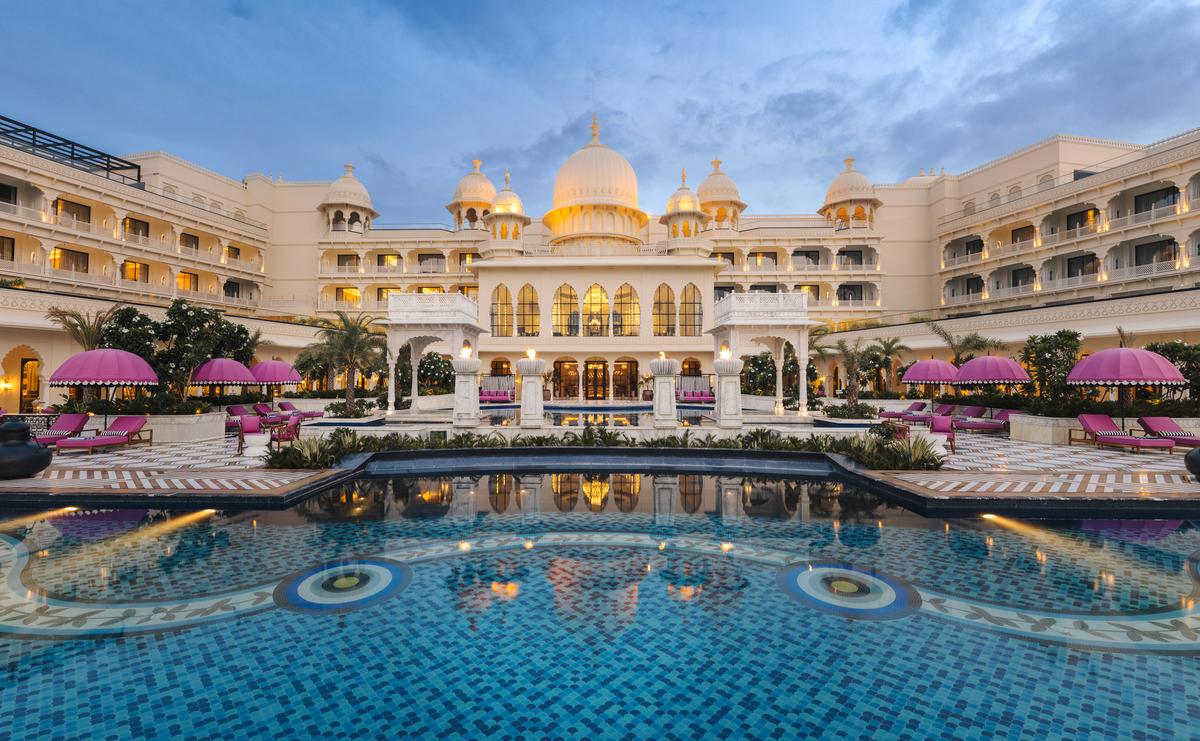
In the heart of Rajasthan’s legendary city of lakes, where the Aravalli hills cast shadows and the past whispers in stone, the Fairmont Udaipur Palace emerges—not merely as a hotel, but as a living tribute to heritage, craft and innovation. In this grand endeavour, artisans, engineers and architects joined hands—in old-school respect of craft, alongside modern precision—to create something truly memorable.
Genesis & Vision
The idea: to build a palace-style resort on a hilltop in Udaipur, one that would reflect the regal legacy of the Mewar region yet deliver world-class luxury. The ownership and development team—including the spirit and drive of individuals committed to honouring tradition—saw beyond mere walls and rooms. They wanted an experience rooted in place: the local stone, the courtyards and chhatris of Rajput palaces, the step-wells and terraces that tell tales of rulers and artisans alike.
This vision was not just aesthetic: it extended to engineering, sustainability, materials sourcing and the human talent behind every carved jharokha, every inlaid mirror, every structural beam spanning vast banquet halls.
Architecture & Craftsmanship
At the architectural core, the design draws from Mewar’s fortress-palaces: the terrace, the courtyard, the jharokha (overhanging balcony) and the chhatri (dome pavilion). The building is divided into three symbolic wings—Surya Mahal (sun), Chandra Mahal (moon) and Agni Mahal (fire)—each an element, a gesture to nature and symbolism.
But architecture is nothing without craft. Local artisans from villages near Udaipur were enlisted to weave in traditional Rajasthani art: embroidered panels, mirror-inlay work known as Thikri, hand-carved wood, stone-masonry whose mastery has been passed generation to generation.
Every corridor, every courtyard reflects this: deep-blue panels shimmering in the corridors, etched with motifs inspired by nature and royalty; jharokhas carved by craftsmen whose hands have known chisels since childhood. The craft tradition is honoured, not sidelined.
Engineering Challenges & Solutions
Building on a hillside is no cakewalk. The terrain posed serious structural and geotechnical challenges: steep slopes, variable rock and soil, need for retaining walls, loads from swimming pools above event spaces, and demands for earthquake and wind resilience. The engineering firms—AVS Engineers & ISID Structures—took on this complex design.
They used digital modelling tools like STAAD.Pro and RAM Structural System to simulate soil-structure interaction, manage post-tensioned beams for heavy loads (e.g., pools above halls), and optimise material usage. In doing so, they reduced steel usage by 420 metric tons, cut concrete by 2,400 cubic metres, and reduced CO₂ emissions by roughly 800 metric tons.
In plain talk: the engineers didn’t just slap a design onto a hill—they respected the hill, worked with the rock and soil, respected the craft aesthetic, and still delivered safety and efficiency. That’s modern-meets-traditional.
Design Integration & Interiors
The interior design process honoured the exterior architecture and the craft elements. From custom-made furniture, local textile patterns, to lighting and decorative objects sourced from regional artisan workshops—the interior experience was built as a layered narrative. Drawing inspiration from local heritage hotels (see previous examples), the team made sure that modern comfort didn’t wipe out authenticity.
So yes: while you lounge on a plush sofa with an international standard of comfort, your eyes still wander over a carved panel, a hand-embroidered cushion, a mirror-inlay ceiling referencing Rajput motifs. That duality—luxury with roots—is the sweet spot.
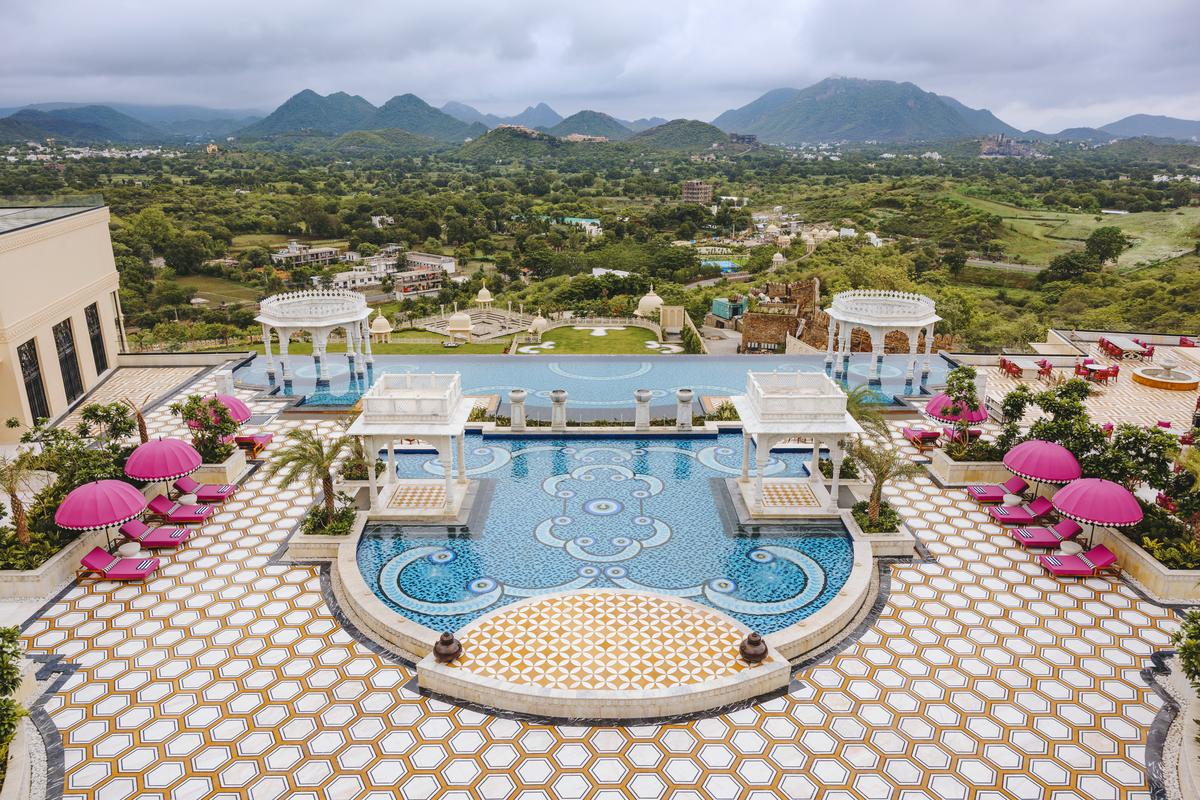
Scale, Events & Guest Experience
The Fairmont Udaipur Palace isn’t some boutique little hide-away. We’re talking hundreds of rooms and suites, vast event spaces aimed at destination weddings, corporate events, big Indian family functions. It is poised as the place where celebration meets heritage.
The event spaces include huge indoor and outdoor areas, banquet lawns, helipad access, spa, plunge pools for suites, and family-friendly recreation (mini-golf, pickleball, zip-lining) to appeal to all generations. Thus the project isn’t just architecture and engineering—it’s hospitality, experience design, lifestyle strategy.
Legacy, Community & Sustainability
What matters—and I’ll say it plainly—is that a project like this only truly succeeds if it honours the people and place. The Fairmont Udaipur Palace does so by:
Collaborating with local artisans and villages to bring craft to the fore.
Using engineering that reduces material waste, lowers carbon footprint, respects the terrain rather than bulldozing it.
Positioning itself not as an isolated island of luxury, but as part of Udaipur’s cultural ecosystem—heritage, tourism, employment, architecture, craft all interlinked.
Reflections & Takeaways
So yeah—here’s what you should appreciate, no sugar-coating:
Building a palace-style resort today is tempting to over-gloss and make generic. But this project didn’t. It respected craft. It respected place.
Engineers and architects often operate in disconnected silos. But here the story shows they worked together, aligned, to deliver something that’s both beautiful and structurally rigorous.
The value of artisans—those whose skills are age-old—cannot be overstated. When you see a hand-carved balcony or mirror inlay, you’re looking at a lineage of craft, not just decoration.
Luxury today isn’t just about marble and plush sofas; it’s about story, authenticity, relation with place, sustainability. And yes: weddings and big events are part of the business, but done with respect rather than kitsch.
Final Thought
So if you ever visit Udaipur (and you should—it’s a gem), walk the corridors of this palace with your eyes wide open. Notice how the stone meets the sky, how a chhatri silhouette interrupts the hilltop skyline, how a mirror inlay reflects daylight in a corridor. That’s where artisans, engineers and architects joined forces. That’s where past and future shake hands. That’s where luxury isn’t just bought—it’s crafted.
Note: Content and images are for informational use only. For any concerns, contact us at info@rajasthaninews.com.
"Bengaluru's Summer...
Related Post
Hot Categories
Recent News
Daily Newsletter
Get all the top stories from Blogs to keep track.


